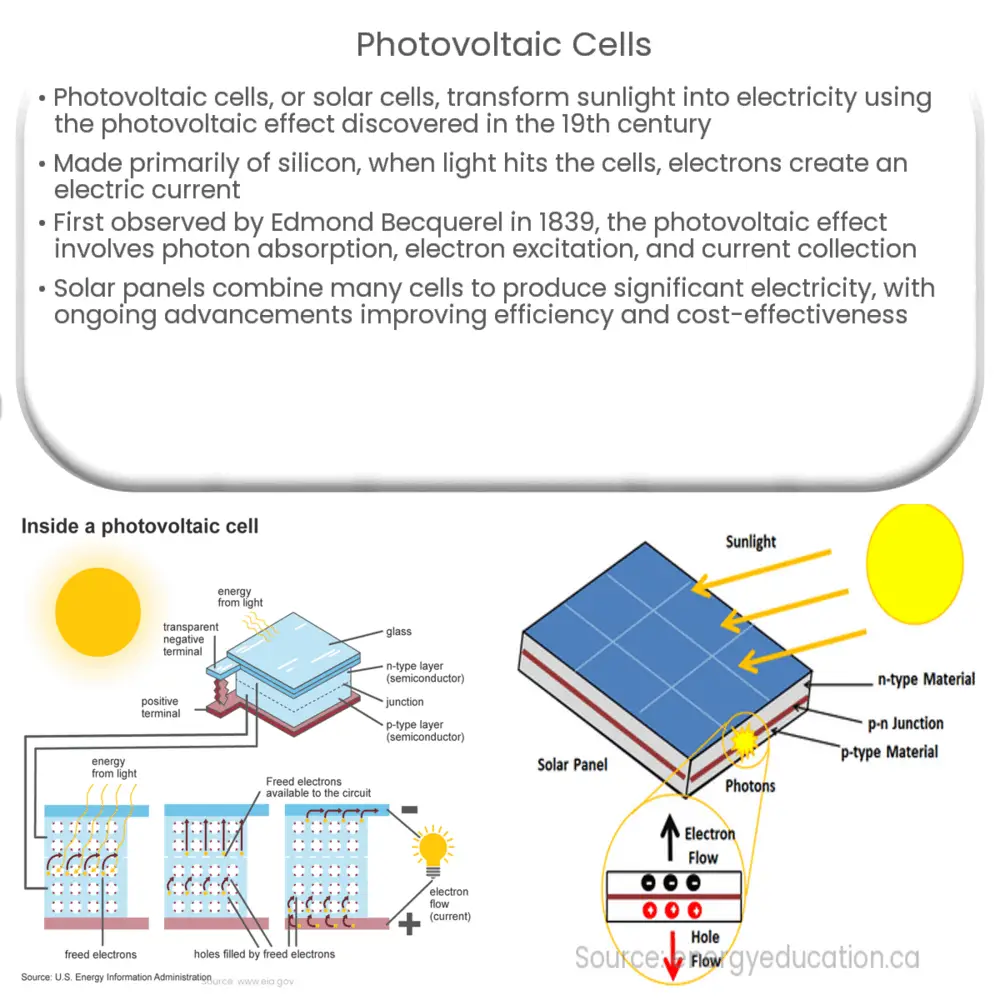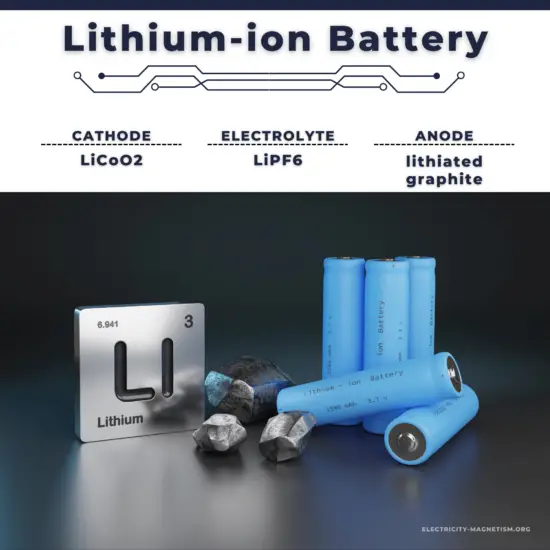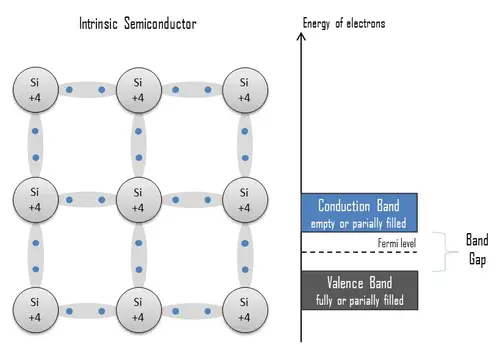Explore the principles of photovoltaic cells, their types, and role in renewable energy. Discover how sunlight is transformed into electricity.

Understanding Photovoltaic Cells
Photovoltaic cells, often referred to as solar cells, are the key components in solar panels that convert sunlight directly into electricity. Their functioning principle is based on the photovoltaic effect, a physical and chemical phenomenon first discovered in the 19th century.
How Photovoltaic Cells Work
Photovoltaic cells are essentially made of a semiconductor material, usually silicon, which is the second most abundant element on earth. The silicon is treated to form an electric field, positive on one side and negative on the other. When light energy strikes the cell, electrons are knocked loose from the atoms in the semiconductor material. If electrical conductors are attached to the positive and negative sides, forming an electrical circuit, the electrons can be captured in the form of an electric current, i.e., electricity.
The Photovoltaic Effect
The principle of operation of photovoltaic cells, the photovoltaic effect, was first observed by French physicist Edmond Becquerel in 1839. He discovered that certain materials would produce small amounts of electric current when exposed to light. This effect is a direct conversion of light energy (photons) into electrical energy by the action of the photovoltaic cell.
- Photon absorption: The first step in the photovoltaic effect is the absorption of light (photons). The energy of the absorbed light is transferred to electrons in the atoms of the PV cell.
- Electron excitation: This energy boost moves the electrons to a higher energy state, freeing them from their atoms. These free electrons are now available to move and create an electric current.
- Current collection: An electric field within the cell serves to push electrons freed by light absorption towards a specific direction, creating a flow of electrical current.
Each cell produces a small amount of electricity, but when combined in solar panels and arrays, the power output can be significant. This is why solar panels are made up of many individual cells.
Types of Photovoltaic Cells
There are different types of photovoltaic cells, each with its own advantages and disadvantages. The most common types are monocrystalline, polycrystalline, and thin-film cells. Monocrystalline cells offer the highest efficiency but also come with the highest costs. Polycrystalline cells offer a balance of cost and efficiency, while thin-film cells are the least expensive but also the least efficient.
Monocrystalline Photovoltaic Cells
Monocrystalline photovoltaic cells are made from a single crystal structure of silicon. They offer the highest efficiency rates because they are cut from one continuous crystal structure. This allows the electrons that generate a flow of electricity to move more easily through the cell, which results in a higher efficiency. However, the process to make monocrystalline silicon is costly and results in a considerable amount of waste silicon.
Polycrystalline Photovoltaic Cells
Polycrystalline cells are made from silicon fragments melted together to form the wafers. This process is less expensive and results in less waste than the production of monocrystalline cells. However, the crystal structure is not as pure, and this leads to a lower efficiency rate.
Thin-Film Photovoltaic Cells
Thin-film cells are made by placing one or more films of photovoltaic material (such as silicon, cadmium or copper) onto a substrate. These types of cells are the easiest to produce and are less expensive than crystalline silicon cells, but they also tend to have lower efficiencies. However, they can be made flexible and lightweight, which opens up many potential applications.
Advancements and Future Prospects
As our society continues to grapple with the challenges of climate change, the need for clean, renewable energy sources becomes more apparent. Photovoltaic cells offer a compelling solution to this problem. With ongoing advancements in technology and materials science, the efficiency and cost-effectiveness of photovoltaic cells continue to improve, making them an increasingly viable source of electricity.
Conclusion
In conclusion, photovoltaic cells are a cornerstone of solar power technology, converting sunlight directly into electricity. Their operation relies on the photovoltaic effect, a phenomenon that transforms light energy into electrical energy. While there are different types of photovoltaic cells, including monocrystalline, polycrystalline, and thin-film cells, each serves to harness the sun’s power and convert it into usable electricity. With continual improvements and advancements, photovoltaic cells hold a promising future in the realm of renewable energy, offering an efficient, sustainable, and environmentally friendly solution to our growing energy needs.



